The Black Bay Ceramic "Blue" was originally designed for the Formula 1 team Visa Cash App RB but now becomes part of the collection.
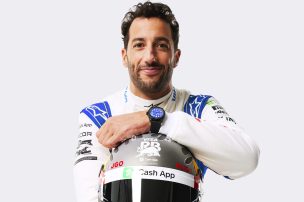
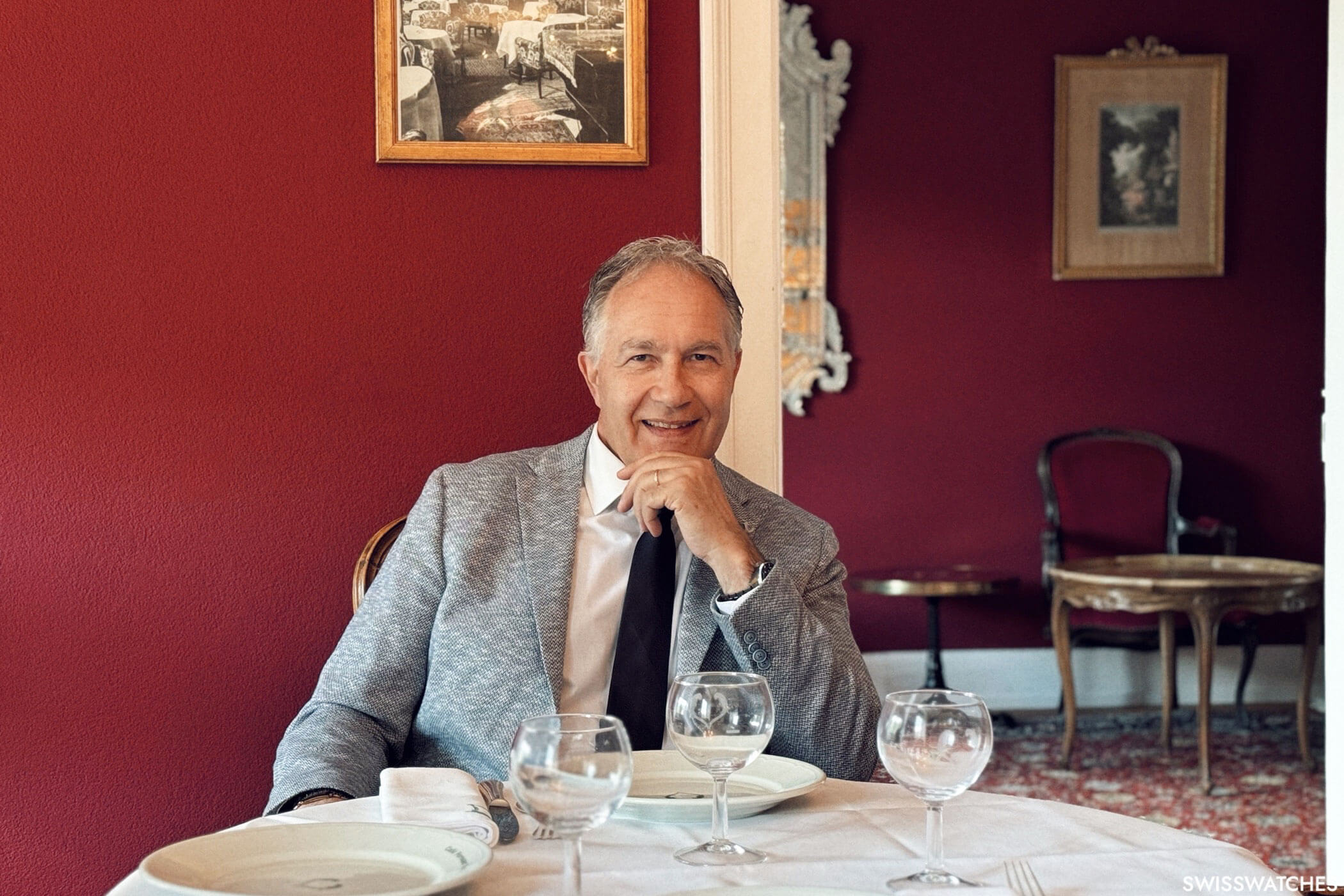
Over the last few decades, Rado has established itself as a leader in the watch industry with the processing of ceramic and is now a pioneer in this field. The watchmaker now offers a colour palette of over 20 colours in ceramic production – including gold-coloured ceramic. No other brand can boast such an extensive range today. CEO Adrian Bosshard, who is responsible for all strategic and operational business at Rado, has a fast-paced professional past. In his 27-year career at the Swatch Group, he not only held various management positions at Certina and Union Glashütte, among others, but was also a professional motorbike racer until the early 1990s. Over lunch in Lengnau, the affable CEO told us how he came to be involved with watches after his racing career and why he was destined to become CEO of Rado.
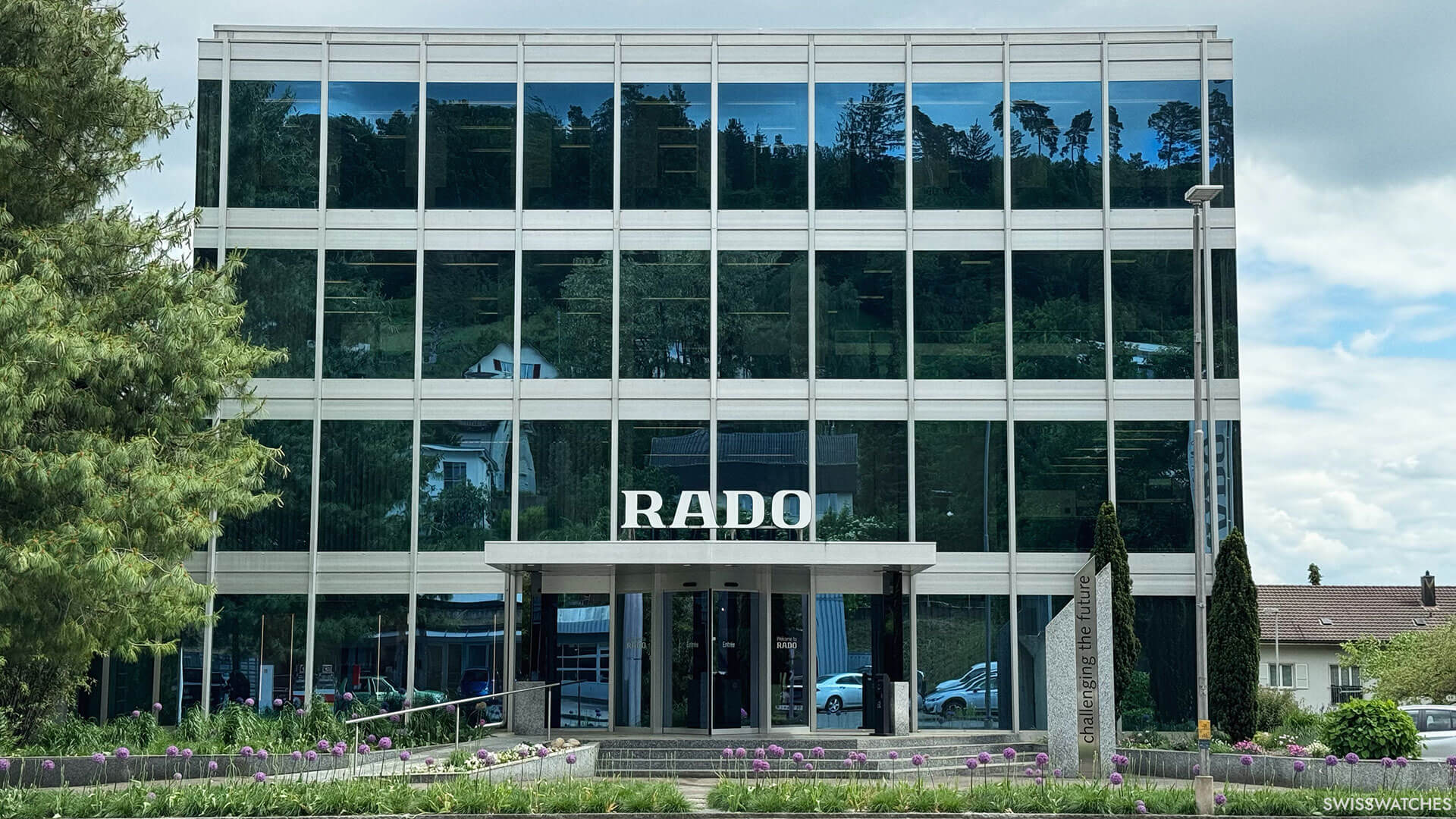
For me, a mechanical watch is a technical work of art. It is always an emotional moment when a watch starts ticking for the first time as soon as you start the balance wheel. I find it impressive that a mechanical watch runs without any source of energy other than your own physical strength or movement. In contrast to quartz watches, mechanical watches could be made before electricity even existed.
Today, I am wearing the Captain Cook. I received it as a gift from the Swatch Group for my 25th anniversary with them at the end of 2021. Although it looks like it is titanium, it is made of plasma high-tech ceramic, with a transparent dial and a sapphire crystal in a box-glass design reminiscent of the original thick Hesalite crystals.
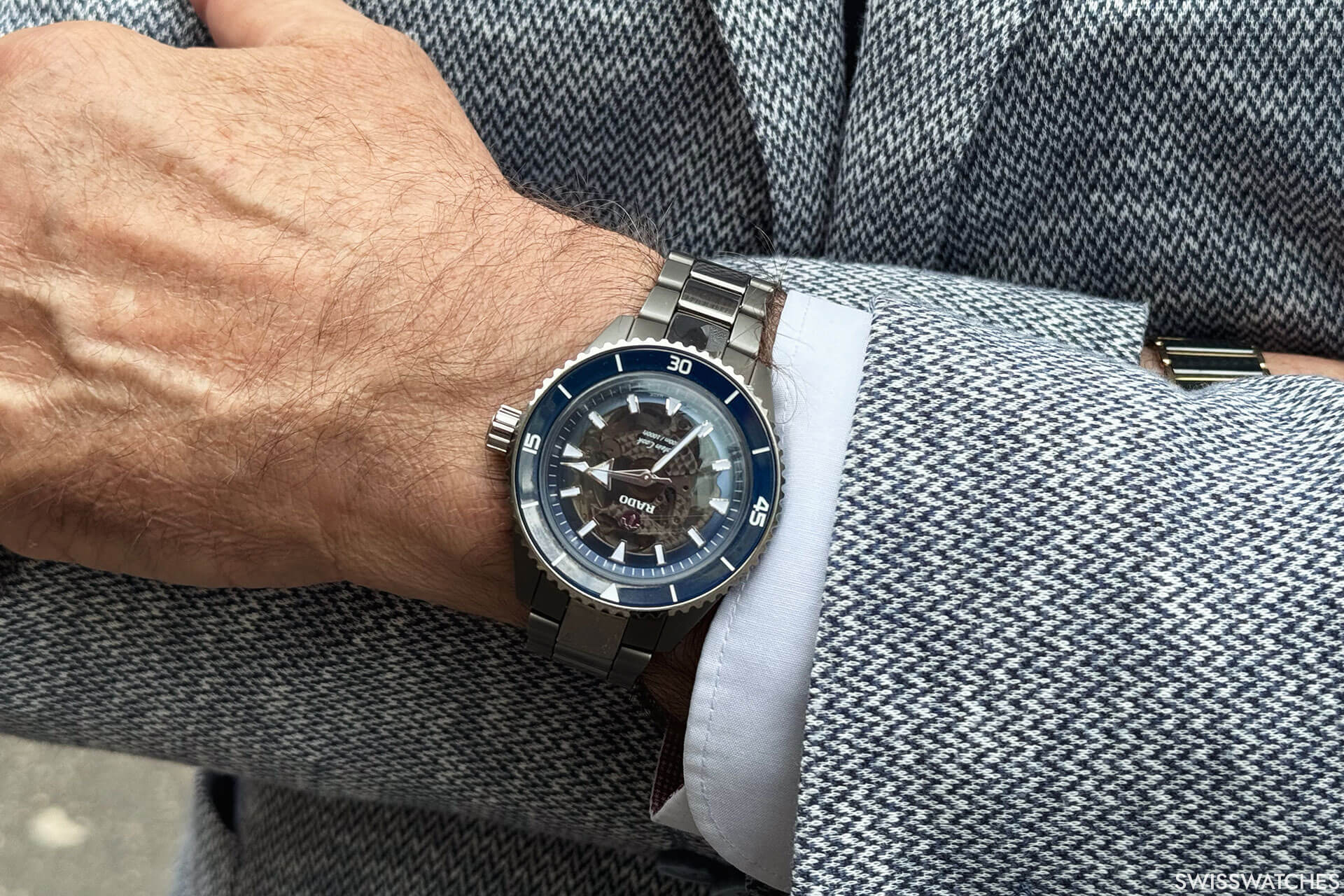
I started motorbike racing at the age of 16, became Swiss champion and even came in third in the European Championships. Up until the 90s, I was professionally participating in motorbike races. In my last years as a racer, Longines and then Certina were my sponsors. I retired at the age of 34 and actually wanted to set up my own business as a motorbike dealer and open up a shop in Biel. But then the Certina president at the time asked me if I would like to work for the brand. They were looking to strengthen their sales team for the Swiss market. I travelled with the team for a few days and was immediately impressed.
A few months turned into 27 years. I started out as a Sales Manager, then I was a Sales Manager for the Swiss market and finally became CEO of the Certina brand. I was then given additional responsibility as Coordinator for Eastern Europe before switching to Union Glashütte as CEO. In 2020, Mr Hayek asked me if I would like to join Rado as CEO, which of course I did not have to think about for a second. Today, I am also responsible for all brands as Coordinator for Eastern Europe and Switzerland.
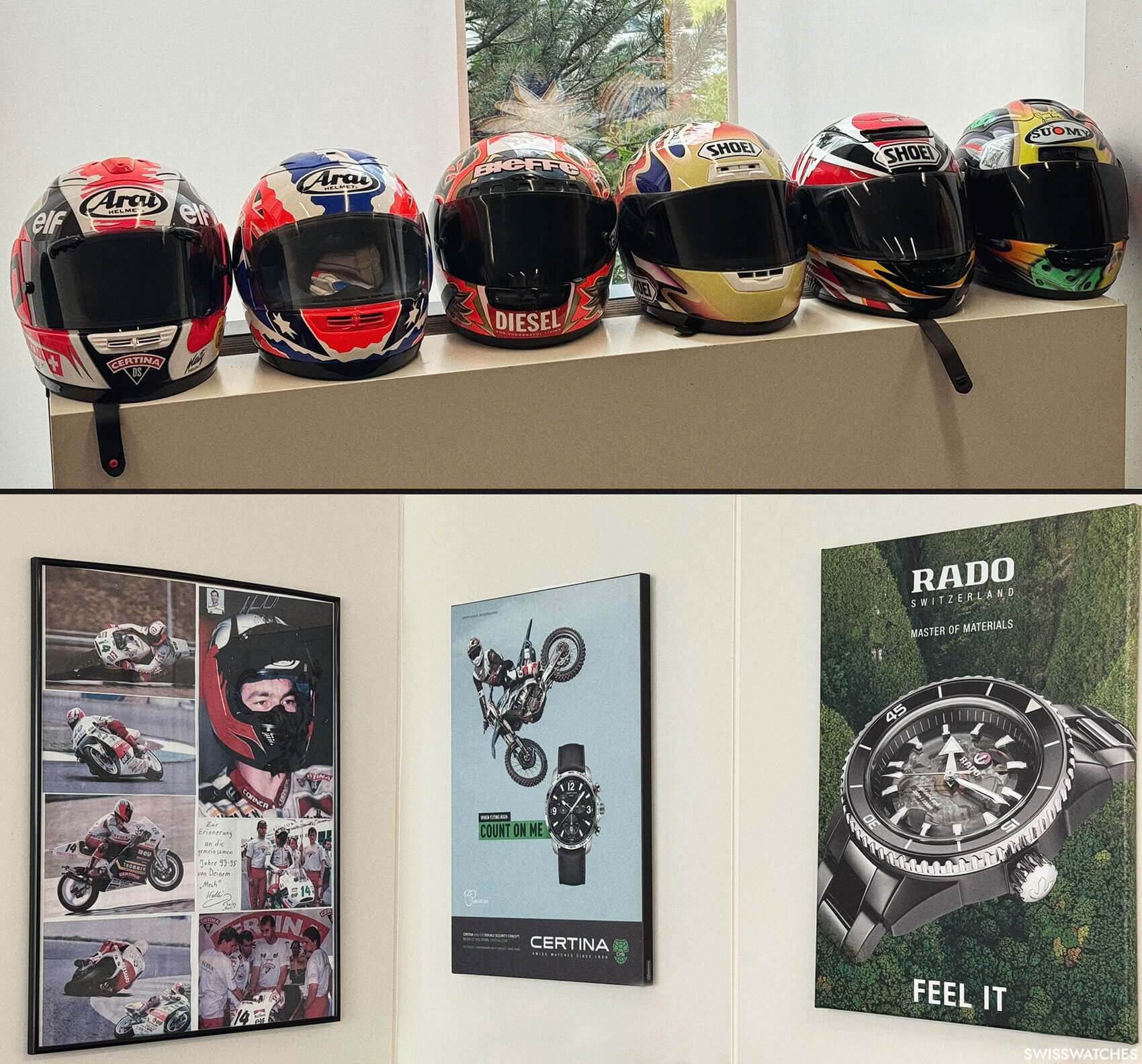
It is a brilliant coincidence. When we celebrated the DiaStar’s 60th anniversary in 2022, I had to smile to myself a little, as it was also my 60th birthday. It was probably a calling that I would work for the brand one day.
When I was responsible for the Certina and Union Glashütte brands, I was naturally passionate about them as well. But when Mr Hayek made the offer, I did not have to think twice. Rado has always been a brand that I admire a lot. If only because it was the first luxury watch that I wore. I am inspired by the individuality of the design language and the materials Rado uses. Rado has great production expertise and diversity, not only when it comes to the movements, but especially when it is about ceramic production. Rado is also one of the few global brands, while Certina and Union Glashütte are rather strong in certain regions. All these aspects are really appealing to me.
One does not exclude the other. Affordable luxury is always subjective. For most people, watches costing 1,000 – 3,000 euros are a big investment. We offer watches at the highest level of production, with the best components available, with refined movements, high-tech materials and exceptional design. It already started with the DiaStar, the first scratch-resistant watch and its pyramid-shaped design.
We have massively restructured our archive in recent years. We have produced a DiaStar leaflet in an A3 format documenting the entire history of the DiaStar. We have done the same for the Anatom. We have a comprehensive documentation of all of our core collections. However, we want to be able to present this to the consumer in the medium-term, like in a showroom or a museum. We already have a large treasure trove of watches, but we also regularly keep our eyes open for exciting and rare models from collections around the world.
This vertical production expertise in the field of ceramics is something that no one can imitate so quickly. And our R&D team is constantly working on new innovations – we work 3-5 years in advance. Competitors cannot realise our expertise in ceramics at our level. We have a colour palette of over 20 colours in our ceramic production – no one else offers that today.
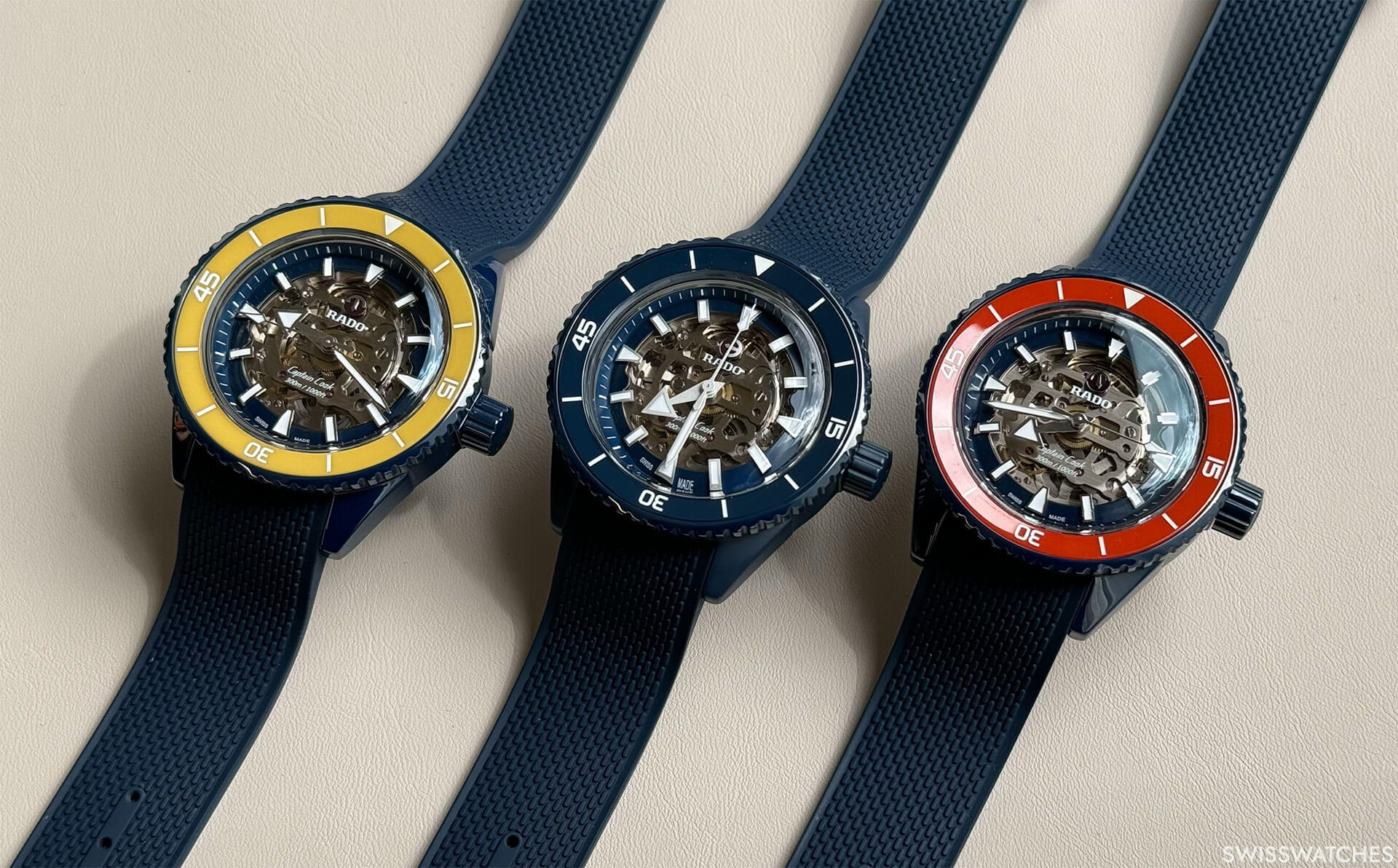
We would not rely on ceramic if it had disadvantages. Our high-tech ceramic only offers advantages through its scratch resistance, durability, lightness, and wearing comfort. You can only understand this once you have worn it. Our ceramic adapts to your body temperature. After a short time, you no longer even realise that you are wearing a watch on your wrist. Of course, we also have to ensure that the ceramic does not break. In this respect, we have everything under control.
Gold colour always needs a metallic additive. That’s why we have invented our own alloy: Ceramos, an alloy consisting of high-tech ceramic, bronze, and hard metal. Ceramos has the same properties as high-tech ceramic. However, the metallic additive allows us to create colour effects such as steel, platinum or even gold.
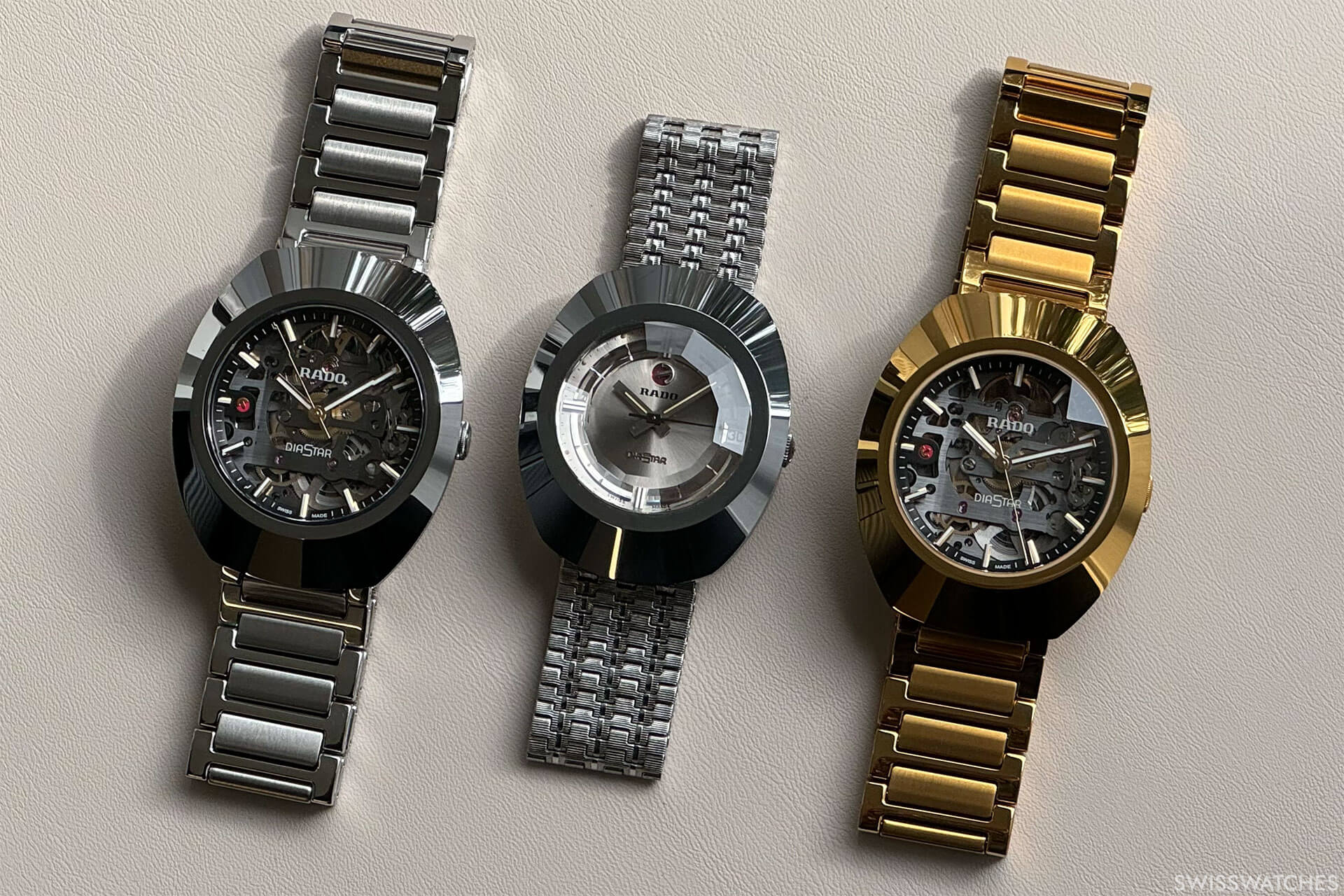
Other Swatchgroup brands such as Blancpain or Omega also offer ceramics, but we are not competing with each other. We work in the interest of the group, which means that no technology is withheld from another, but each brand gives a precise briefing on how it envisages its product so that we can also act in the interest of the brand’s DNA in the manufacturing process.
Yes, but our exclusive movements are specially modified in collaboration with ETA according to our specifications in terms of test procedures and finishes. We set the specifications and ETA implements them. For example, all mechanical watches feature the Rado anchor on their rotor. For the Captain Cook and the DiaStar, we work with the R808 calibre, which we developed together with ETA, and we have created our own design for the automatic bridges so that we can also offer a visual differentiation to our costumers.
India is Rado’s largest market today. We really have an established presence in India. Switzerland, the Middle East – especially Dubai – and the USA are also very strong markets for us. Basically, Rado is gaining interesting market shares in virtually all markets.
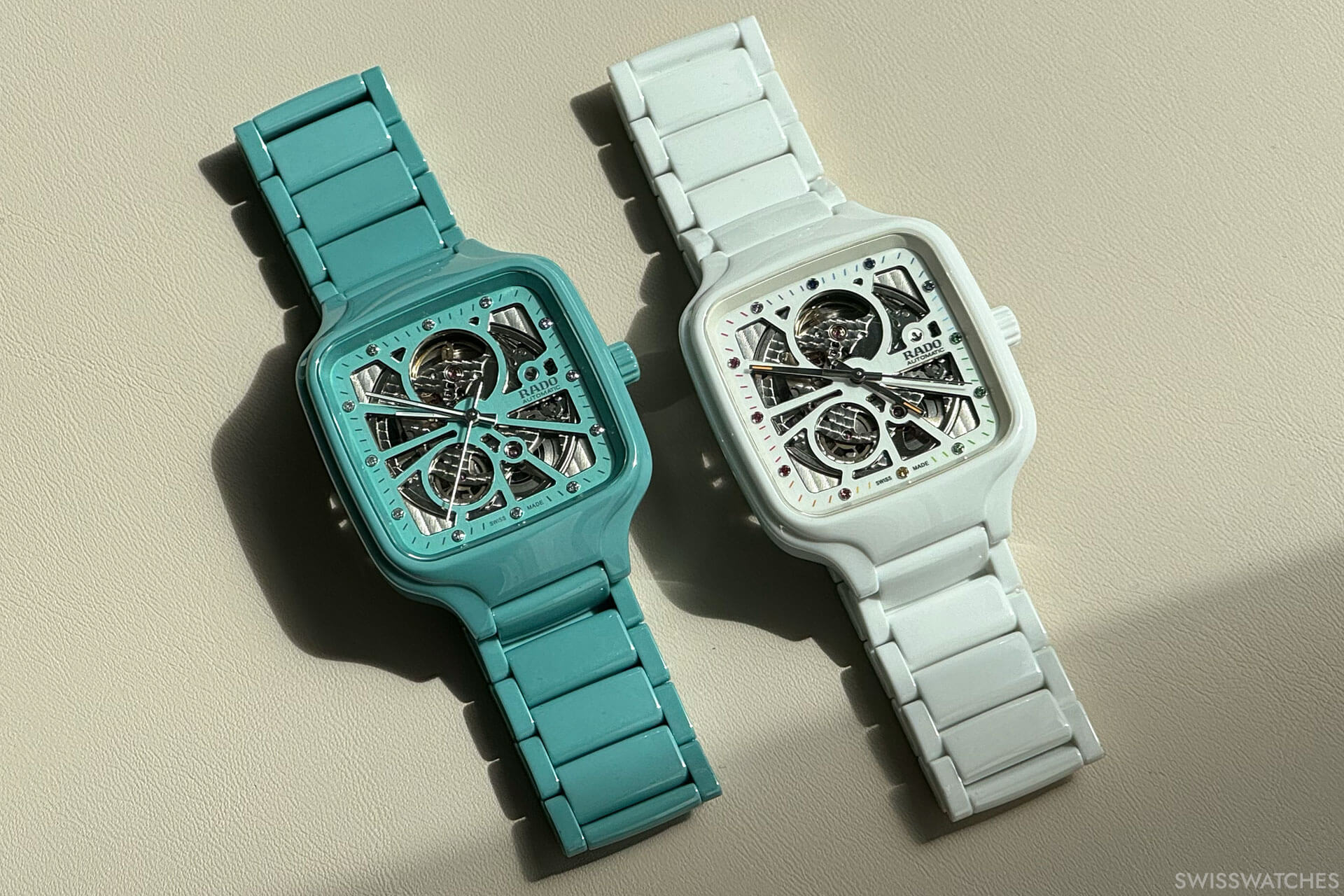
Rado is already a global brand. We have countries where we are even leading the market in the 1,000 to 3,000 price segment. And there are also markets that can be expanded, including Japan and Korea. Our aim is to be able to effectively implement the high market shares that we have in some markets globally in more markets.
We generate over 90 per cent of our sales in physical stores. We largely operate in wholesale. We run many franchise boutiques in the Middle East and Asia. In Europe, we only have some and in Germany we do not have a boutique yet, but there are plans and visions. We generate 10 per cent of our turnover through our e-commerce, with the USA being the strongest market for online sales, which is due to the country’s size and infrastructure and difficult accessibility of the major cities.
Worldwide, we have just over 3,000 points of sale. In recent years, we have increasingly focussed on a selective distribution and reduced the number of our POS from over 4,000 to just over 3,000. We currently have around 180 of these in Germany.
Just at the end of last year, we organised an event with Rado collectors in Dubai. We presented new products to them with some lead time. There, we met customers who buy 5 to 6 new Rado watches every year and already own over 50 to 60 Rado watches. We bought some Rado watches from a collector in Oman because we really wanted them for our archive in Lengnau.
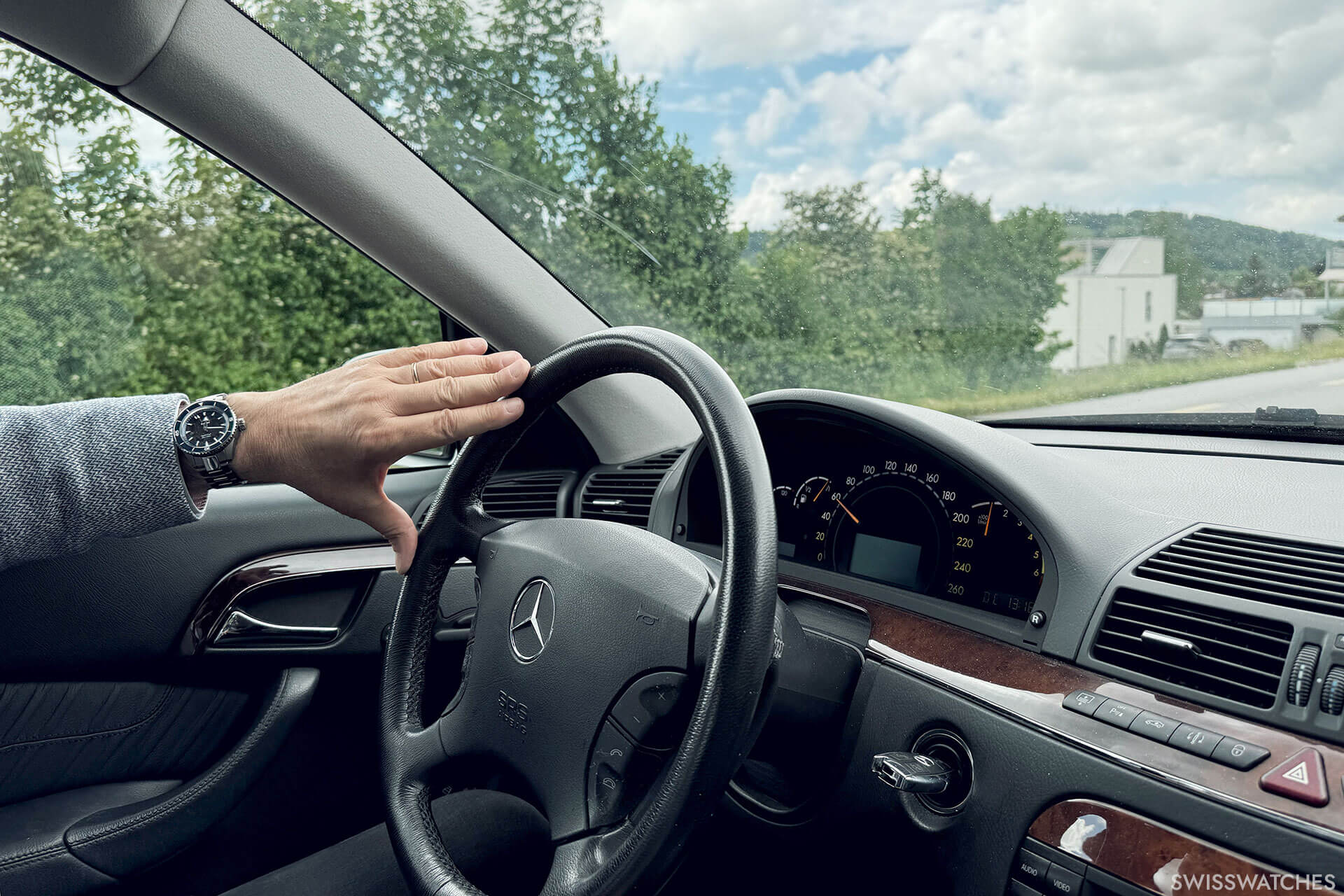
We are currently still in challenging times. The advantage of the watch industry is that we sell a very emotional product. Let me give you an example. My three children received a watch with a personalised engraving for their confirmation. And even today, all of them are wearing their watches on their wrists for every family occasion. That is a value that you will hardly find in any other consumer good. That’s why a Swiss watch is a strong product, even in turbulent times. Even in politically and economically difficult countries, we see that the watch is extremely resilient because it also serves to give people pleasure. In this respect, I am positive about the future.